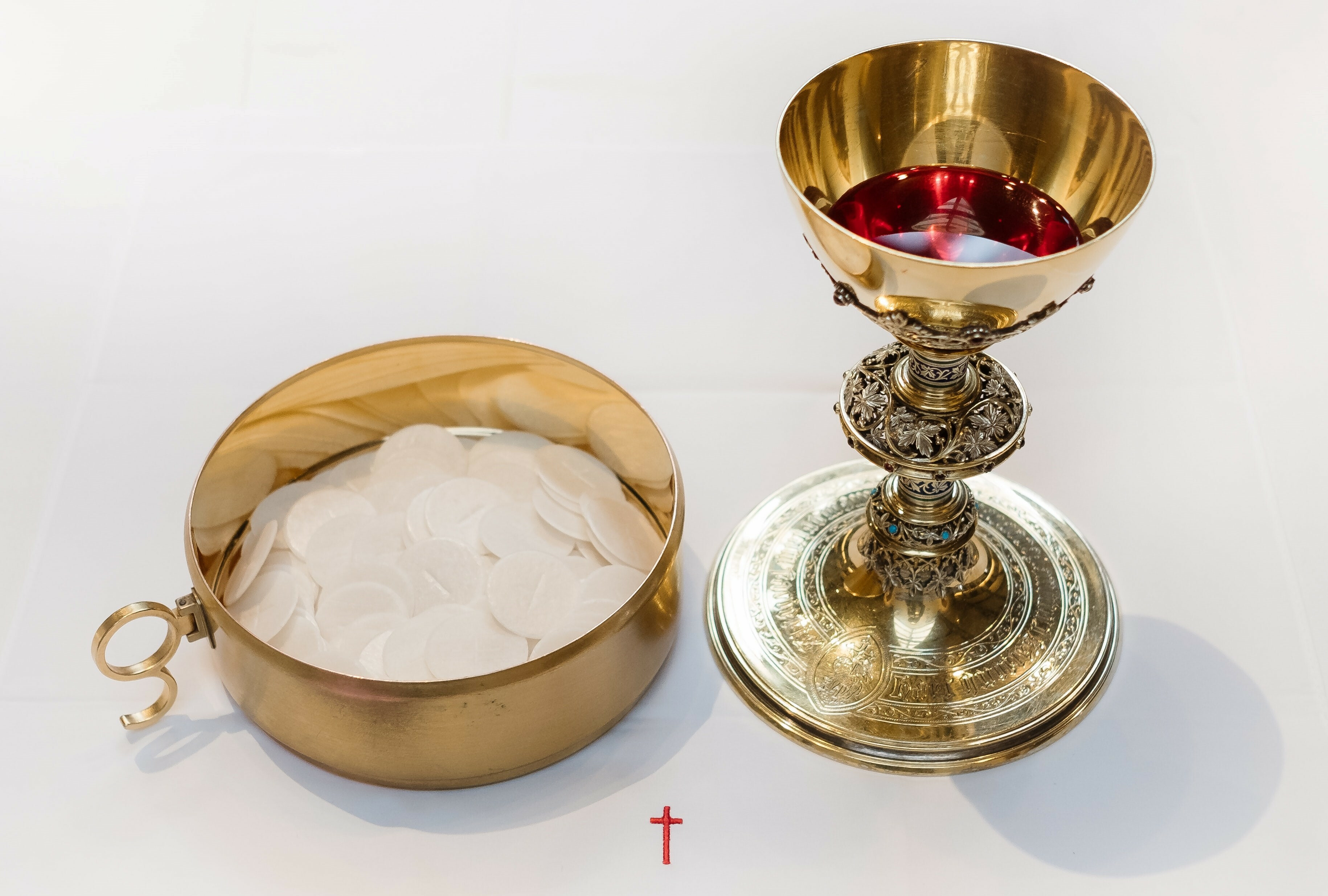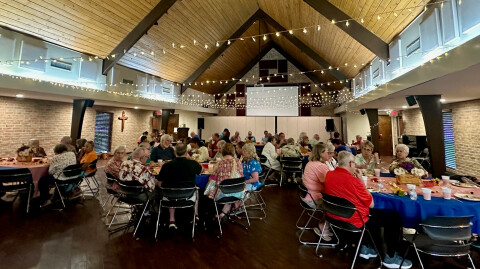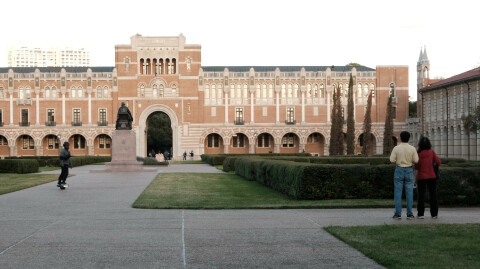For me, one of the hardest part of COVID was not being able to take part in Holy Communion. This act, this service, is fairly important. People across the country came up with some fairly creative ways to do so (virtual communion, communion to go, etc.), however, in The Diocese of Texas, we had a time of “Holy Longing.” I was delighted when communion returned. It was particularly meaningful as I learned more about the service.
An excellent resource for this is Commentary on the American Prayer Book by Marion Hatchett. It explains why everything happens in the Book of Common Prayer. If something is not explained in this book it is probably an anomaly. Even the words, Eucharist, and the Great Thanksgiving, feel strange. As such, I thought I would take a few moments to explain a bit of the Eucharist (not all, the book is 670 pages long and the Eucharist section is several pages.
The Great Thanksgiving is the name the Diocese of Texas uses for Holy Communion or Holy Eucharist. The word Eucharista means thanksgiving. Therefore, the holy meal that we partake together is a great thanksgiving. The meal mirrors The Last Supper.1 However, for Episcopalians, it is not a memorial meal. Hatchet notes, ``The individual prayers are called, “Eucharistic Prayers.” There is what is called an “Anamnesis (pp.335, 342, 363, 368, 371, 374)”2 Yet this is an active part of the prayer, where we remember the last supper in its entirety; we take part in the prayers, we make an oblation.3 That oblation, however, is ourselves and is a living sacrifice. It is not the Catholic idea of an exact reenactment of the Eucharist.
As a new presider, the most powerful part of the service is the “Epiclesis or Invocation (pp.335, 342, 362, 369, 371, 375) when the spirit is asked to come over the gifts of bread and wine. This is a communal event. The celebrant makes the sign of the cross over the elements while all of us are praying for the spirit. This is the moment that it is easiest for me to see the Holy Spirit at work. When you hear the Holy Spirit called during the service, think of it as the fog clearing and being able to see the trees in front of you. The Holy Spirit, like those trees, is always there, but in moments when we name the presence of the Spirit, we see it more clearly.
These holy moments are part of our Great Thanksgiving. I hope the bit of additional knowledge, or the reminder of the knowledge will make the service more meaningful for you as it did for me.
For His Sake,
Beth Anne Nelson +
1 Since we are in the year of Luke, I encourage you to read Luke 22:10-20
2 Hatchett p. 366
3 An oblation is a sacrifice to God




